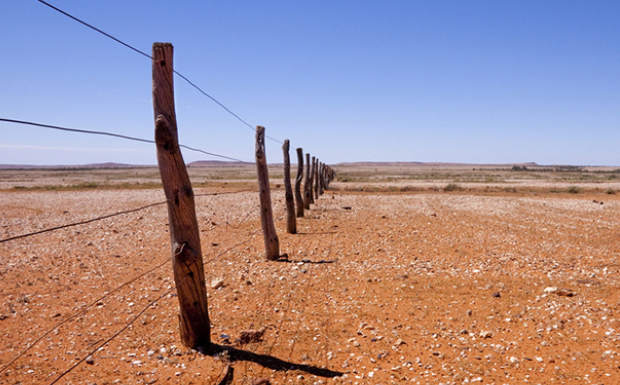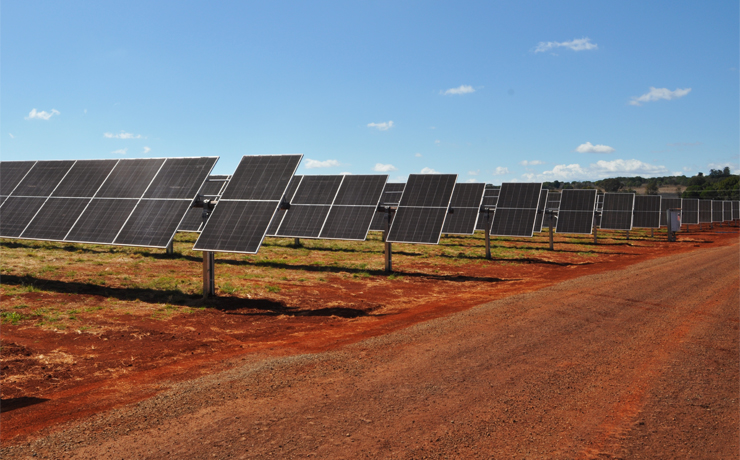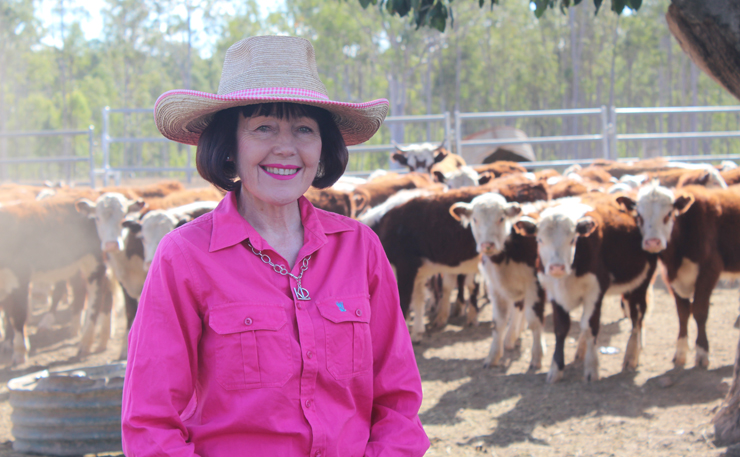
June 6, 2023
The Bureau of Meteorology has issued an El Niño Alert, meaning there is about a 70 per cent chance of an El Niño developing this year.
The change in status, from El Niño Watch, was announced on Tuesday.
BOM senior climatologist Catherine Ganter said climate models now met the El Niño Alert criteria however atmospheric and ocean temperature changes would need to strengthen and be sustained for longer before it became an official El Niño event.
El Niño describes changes in the tropical Pacific Ocean that affect global weather and can occur on average every three to five years.
During El Niño, there is a higher chance of drier weather in eastern Australia and it’s more likely to be warmer than usual for the southern two-thirds of Australia.
“The Bureau’s long-range winter forecast is for drier and warmer conditions across almost all of Australia and the climate conditions in the Pacific Ocean are already factored into our forecasts,” Ms Ganter said.
“The long-range forecast for winter also shows an increased chance of below average rainfall for almost all of Australia and the move to El Niño Alert does not change this forecast.”
* * *
Australia’s winter crop production is forecast to fall from record highs due to below average rainfall for winter and spring.
ABARES executive director Dr Jared Greenville said on Tuesday the Australian Crop Report predicted the total Australian winter crop production would fall by 34 per cent to 44.9 million tonnes in 2023-24 following three consecutive record production years.
“The start of the winter cropping season in 2023-24 has been mixed,” Dr Greenville said.
“Early autumn rainfall in some major cropping regions in southern Victoria, southern NSW, southern Queensland, South Australia and central cropping regions in Western Australia replenished soil moisture levels and provided favourable planting conditions.
“However, autumn rainfall in northern and southern cropping regions in Western Australia, northern NSW, northern Victoria and parts of southern and Central Queensland has been lower than average and soil moisture levels have remained low.
“Winter crop production is expected to decline to 3 per cent below the 10-year average … to 46.4 million tonnes and yield prospects are forecast to be below average due to the expectation of below average rainfall for winter and spring.
“Total summer crop production in 2022-23 is estimated to fall to 5.1 million tonnes, down 8 per cent from the record production achieved in 2021-22 but remaining 43 per cent above the 10-year average.
“Looking ahead, a significant downside risk to the 2023-24 winter cropping season is the potential for an El Niño event and positive Indian Ocean Dipole to both eventuate this year.
“Looking ahead, the development of an El Niño event is likely to result in below average rainfall across eastern Australia during the winter cropping season. We are also expected to see a positive Indian Ocean Dipole which may suppress winter and spring rainfall over much of Australia and potentially exacerbate the drying effect of an El Niño event.”

























